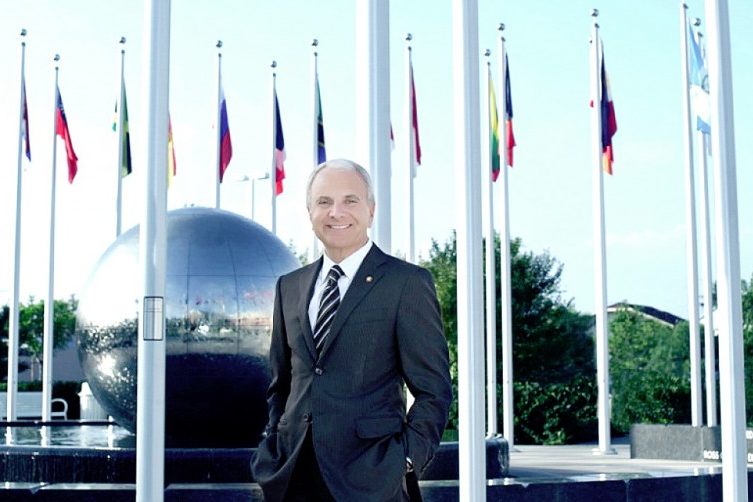On the occasion of the panel discussion and exhibition “Italy of the Future” which took place at the Italian Cultural Institute on Wednesday, September 4, we had the opportunity to meet two generations of brilliant scientists represented by Dr. Vito Campese and Dr. Filippo Sozzi, and to ask them a few questions about their job, as well as their opinion on the status of scientific research in Italy.
After graduating from the University of Bari in 1966, Professor Campese completed his studies at the USC School of Medicine, and was soon offered a position in the Nephrology division.
Did you intend to stay in the US?
In the beginning I meant to return to Italy, but the turmoil in the universities at that time and the uncertainty of a stable career influenced my final decision.
What is your main field of activity?
I am researching the relation between liver and brain, and how it affects high blood pressure. At the same time, I am also Chair of the Italian Scientists and Scholars North American Foundation (ISSNAF), whose mission is to promote cooperation among Italian researchers working in North America and create a sort of “bridge” between the two sides of the Atlantic.
That bridge is crossed by many young talented Italian scientists, but more and more often with no return…
In Italy there is still much to do in terms of investments and creation of job opportunities. Last year, upon request of the Italian Ministry of Foreign Affairs, a task force of scientists set up a ten-year plan pointing out priorities and suggestions to address governance, funds, meritocracy, and exchanges between universities and enterprises. We are still waiting for a response by Italian politicians.
Yet we can see signs of innovation: peer review was introduced three years ago by the Italian Ministry of Healthcare, so now grants are assigned according to merit by an unbiased board here in the US. Improvement only depends on people’s will, and tonight’s event can be a good occasion to raise awareness.
An occasion made possible also by the passionate work of Dr. Filippo Sozzi and his colleagues.
Natural Science graduate, he has specialized in designing and has realized scientific exhibitions at the Istituto Nazionale per la Fisica della Materia in Genoa, part of the Italian National Research Council (CNR) since 2003.
Would you tell us more about your job at the CNR?
My team and I create and set up exhibitions for science centers and museums, featuring objects and experiments for the visitors to interact with. Our goal is to disseminate knowledge by making science appealing and enjoyable.
This one in particular has been commissioned to us by the Italian Ministry of Foreign Affairs with the purpose of presenting a new image of Italy around the world, not only rooted in its past greatness but based on high-level innovation. So we have collected some live samples of the scientific achievements in different fields where Italy is in the forefront at global level, such as nuclear physics, maritime transportation, and robotics; but also science applied to fashion and design, as they are an essential part of the Made in Italy and able to attract more visitors.
Humanoid robots seem particularly fascinating…
When it comes to robotics, people usually think of Japan rather than Italy. Yet there are many Italian centers specialized in this sector, like the Scuola Superiore Sant’Anna in Pisa where a street cleaner robot has been invented and actually employed. Not to mention the iCub, realized by the Italian Institute of Technology, that will come to life here at the IIC on September 18 to show us what it is capable of doing.
Would you recommend a scientific career to young generations in Italy?
Of course, if they are really into it. Despite of the serious condition of scientific research in our country, I believe that science still has much to offer, and it is likely to trigger Italy’s economic recovery in the next few years.






























